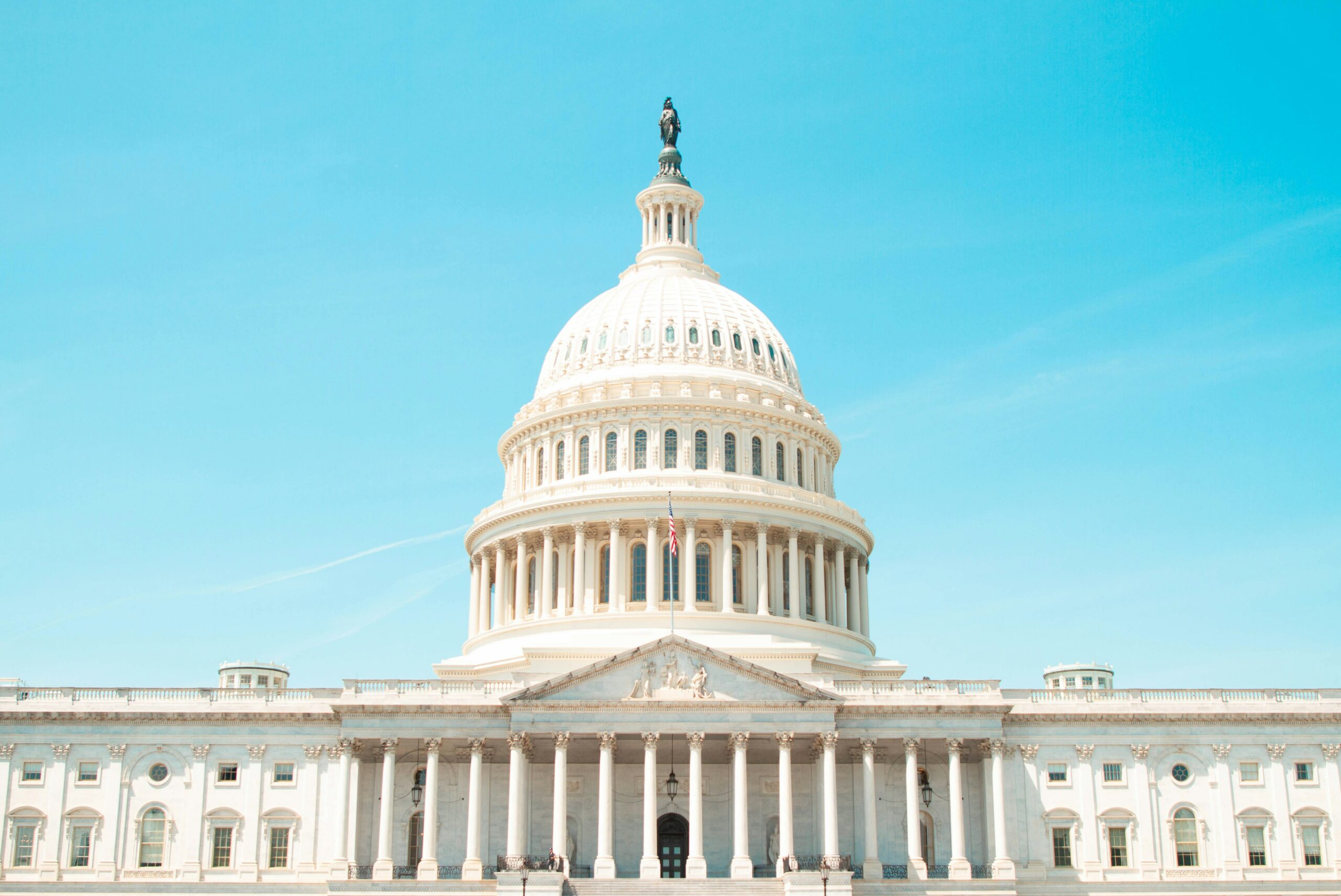NOT many would have thought that 2025 would be a turbulent year for financial markets, despite early warning signs from Donald Trump’s campaign for the US presidency back in November 2024.
Before the November election itself and according to the Committee for a Responsible Federal Budget’s estimates, Trump’s campaign promises are expected to see the US fiscal debt position rising by between US$7.5 trillion and to as high as US$15.2 trillion, potentially pushing the national debt to 142% of gross domestic product by 2035.
Keeping Promises
Winning on populism and making good on his promises, Trump launched multiple policies that were both controversial and acceptable at the same time, depending on how one looks at it.
He has planted the belief among Americans that his policies are right for the people: lowering the cost of living (with prices of eggs and oil dropping substantially) and, at the same time, creating jobs by incentivising foreign manufacturers to relocate their operations to the United States.
He even threw in the carrot that these investments would be given tax breaks as well as tariff exemptions, provided the goods would be consumed domestically.
In addition, revenue collection from tariffs will be used to lower taxes, which is a clear benefit for the people.
The only question is whether Trump’s policies truly make sense!
Negative Outcome
We all knew that Trump was adamant on tariffs – what surprised the market was his notion of “reciprocal” tariffs.
For most investors or economists, the expectation is that Trump will target countries with low tariff rates – not to apply a flawed formula based on the size of the US trade deficit relative to its imports from each country.
Initially, tariffs were seen to be targeted towards the so-called “Dirty 15” nations that enjoy the largest trade surpluses against the United States.
The market was not prepared for Trump’s sweeping approach, applying tariffs to almost every nation.
Like it or not, Trump and his tariffs will be the key market factor not only during this 90-day window, but likely well beyond.
The market remains vulnerable to the changing narratives on what the tariffs entail in terms of scope, rate and duration.
For now, while the equity markets have taken the biggest hit, so has the bond market.
The US Federal Reserve (Fed) too will be flat-footed – higher bond yields will restrict its ability to cut interest rates, even if economic growth worsens or the country goes into a recession.
As Fed chair Jerome Powell noted on Wednesday, Trump’s policy changes are unlike anything seen in modern history and could inflict lasting economic damage. He also cautioned that there would be no “Fed put” – a term used by the market to describe the Fed stepping in to cut rates when markets tumble.
Dear or No Deal?
By now, it’s clear that Trump is only interested in making deals through the lens of reciprocal tariffs. This is where the “3Cs” – coercion, crony capitalism and corruption – could come into play.
With just about 80 days to go before Trump makes his next tariff move, nations impacted by these measures will march to Washington to negotiate in what is seen as the largest congregation of trade officials in US history.
Some will negotiate for waivers (of course, why not?), while others may use lobbyists to cut a deal or even offer to buy more US goods/services to counter the large trade surpluses that some of these countries enjoy.
The Trump administration may even use the 3Cs to gain an upper hand, especially with countries heavily dependent on the US export market – many of which may feel pressured to cave to American demands.
For businesses, the irony is that some of these companies are actually US-based firms operating in countries like China, Vietnam, Indonesia and even Malaysia. These firms established operations in low-cost manufacturing hubs for the sole purpose of not only exporting their products back to the United States, but also to other markets.
With tariffs now in place, the US president is in a position to favour corporates that can “please” him – whether through deals, concessions, or contributions.
After all, the US president is also a businessman – more specifically, a dealmaker – hoping to perhaps even obtain real estate deals in many markets to expand the Trump Organisation’s footprint globally, particularly in ventures such as hotels, golf resorts and mixed-use developments.
In this environment of “open season” negotiations with Trump’s administration, the level of corruption is expected to rise, what more now that the Foreign Corrupt Practices Act has been suspended by the president via an Executive Order signed on Feb 10, 2025.
60 in 90 Days?
As the US president has paused the imposition of the reciprocal tariffs to all countries, setting the rate at 10% for the 90-day window, the question is whether it is possible to negotiate with about 60 countries facing tariffs higher than 10%, and the remaining 120 nations at the 10% level?
These countries may feel victimised the by Trump administration, especially if they have been running trade deficits with the United States.
Trade negotiations, as we know, are rarely simple and can take years, as seen with the lengthy process of free trade agreements. It’s not just about the headline tariff rates; there are also non-tariff barriers to consider, including those imposed by Malaysia.
In addition, what can Malaysia offer at the negotiation table beyond lowering tariffs on US imports? Are we prepared to remove the guardrails that are in place to protect local industries or goods that are imported but subject to all sorts of duties?
Reality Bites
Trump’s game plan can be said to be a new world order for the United States based on the theoretical assumption that reshoring manufacturing will address the US trade deficit, attract investments and create jobs.
While we do see some businesses taking heed by reshoring to the United States, it only makes sense for industries where the supply chain and key target markets are in the United States or North America.
Interestingly, when one looks at US current imports, some 51% of them are intermediate goods.
This means that these goods are imported for assembly before the goods become finished products, which are then either sold in the US market or re-exported.
If the Trump administration fails to recognise this fact, it will only drive domestic prices higher, and if these products are re-exported, the made-in-the US goods will be uncompetitive.
In summary, Trump’s reciprocal tariffs are bound to failand there will be a high price to pay for his blunders.
If the United States is truly keen on seeking a level playing field, it should recognise its comparative advantage in the form of almost US$300bil in services surplus.
The United States should capitalise on its strength in the services sector to offset the deficit in merchandise trade.
The Trump administration certainly does not want the rest of the world to impose reciprocal tariffs on its services surplus, as this would counter some of the “gains” it expects from the tariffs on goods.
The article was first published by The Star.
Photo by Caleb Perez on Unsplash.

 5.0
5.0 
















